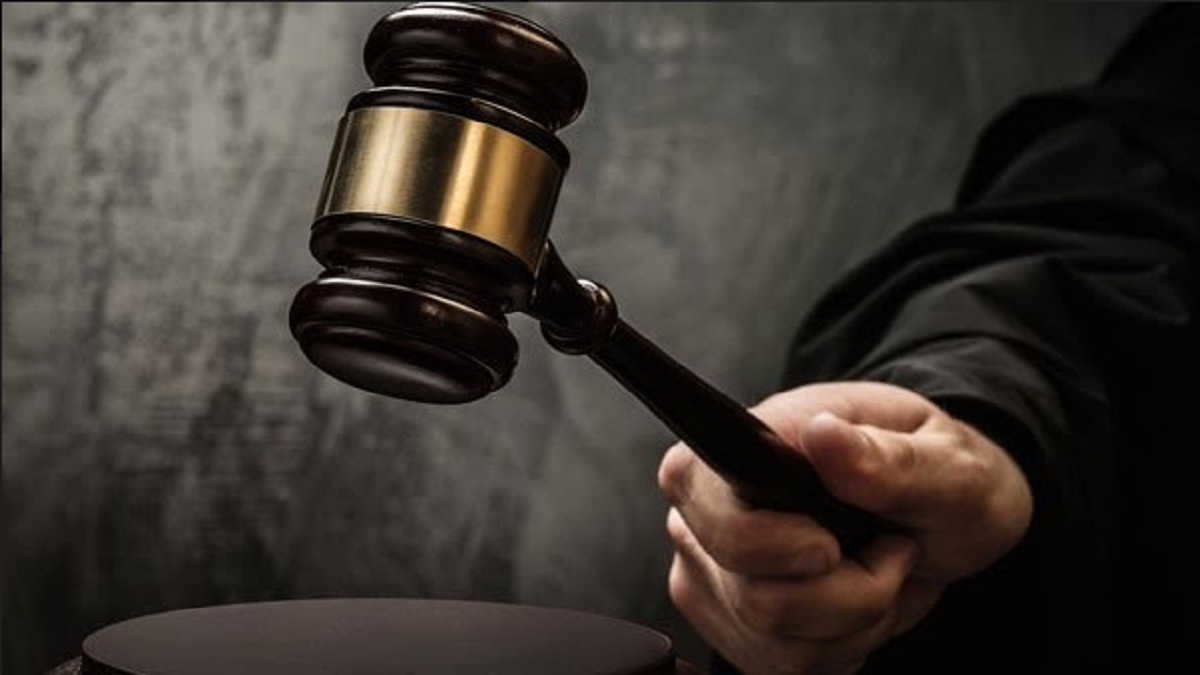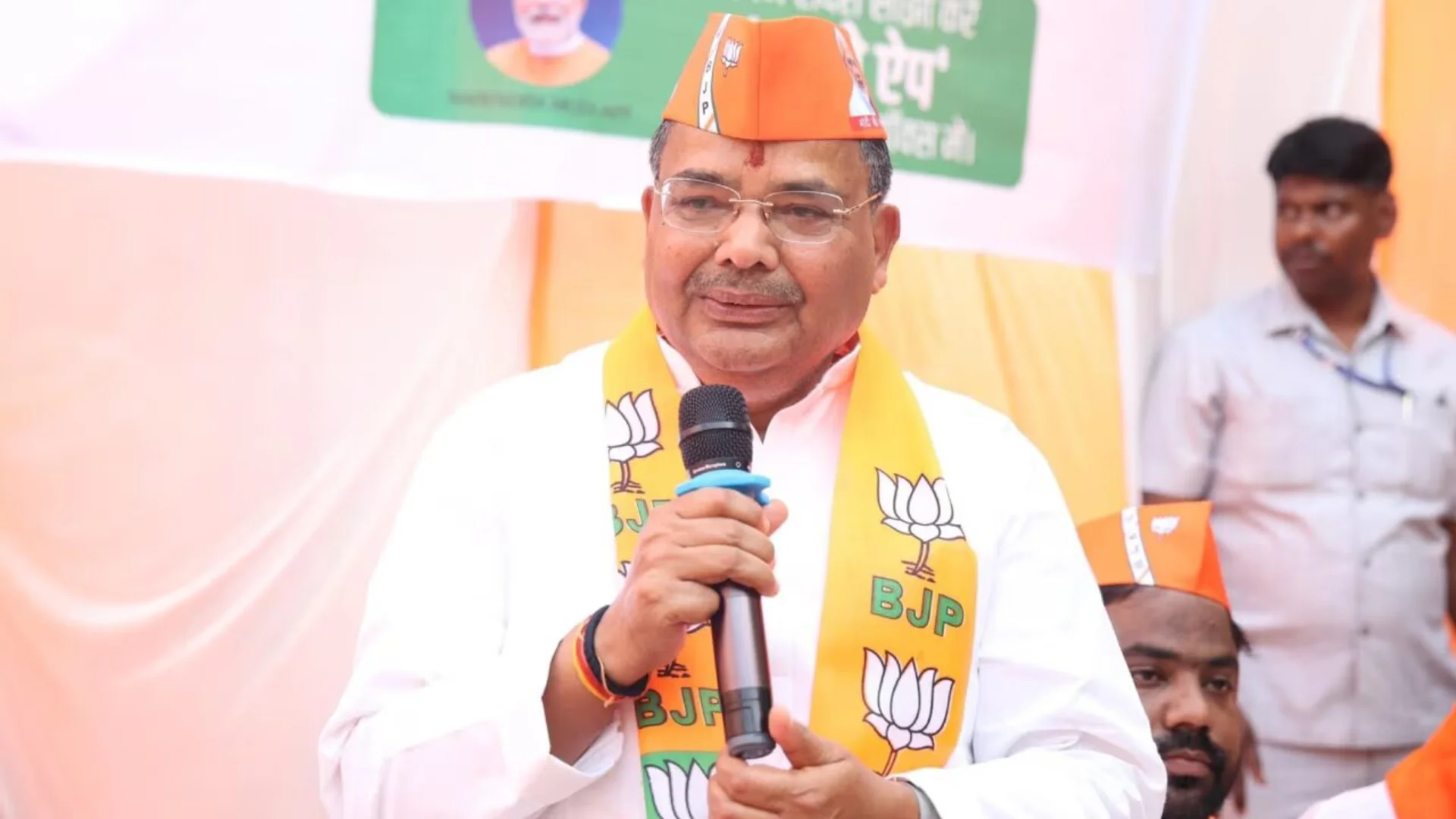
In the 13th century there was a heated discussion taking place between a judge and a lawyer. Both of them while arguing on merits of the case did not see eye-to-eye on a particular issue when the lawyer stated that the judge was obligated to follow precedence otherwise, he did not understand the law. The judge emphatically replied that “it is the will of the Justices” and this statement sums up the start of judicial creativity in the legal fraternity. While earlier the notion of law was merely restricted to giving decisions based on precedents, judges slowly started playing an active role in interpreting law and trying to weave new law to protect and ensure welfare of citizens under the grunt norm which is the Constitution. So the debate that has always ensued is whether judges make law or merely interpret law?
Legal philosophers have been divided on this notion as many such as Dworkin , Darwin , Montesquieu merely believe that judges have been given the function of interpreting law and while some judicial creativity can be exercised, the same must be restricted and not give the judge a free hand to do as he pleases. But the idea of Roscoe Pound to treat jurisprudence as social engineering advances the idea of judicial creativity as he states that larger interests in society must be catered to and law must focus on reconciling interests of members in society while harmonizing inter-relations. This portrays Roscoe Pound’s interest in advancing law from merely advocating cases to being an impetus of social change. Another iteration of creativity would be the realist school of thought which focuses more on what judges have to say as compared to general guidelines which enunciates the importance of the court and use of judicial creativity by the said institution.
Though conflicting opinions exist in judiciary, judicial creativity has emerged as important facet from the 19th century in India. Courts have time and again explained that law does not operate in a vacuum and hence it also serves a social purpose whereby in addition to interpreting statutes it must be able to adjust or introduce law with the requirements of a dynamic society. Hence the paper makes a novel attempt to critically analyze statements made by three judges against judicial creativity and seeks to further analyze as to why judicial creativity is the need of the hour.
STATEMENT ANALYSIS
1. The statement made by Lord Denning LJ in Seaford Court Estates Ltd. v Asher represents the formative thought that existed before judicial creativity took over mere ruling based on present laws. Lord Denning’s observation that legislators while drafting cannot foresee and visualize all facts or scenarios that are bound to change or emerge and hence cannot thus cover all aspects in a document. He goes a step further to state that even if they could do so, the text written would not be crystal clear and totally unambiguous. An example of this would be the 86th Constitutional Amendment in India whereby though legislators in the Constituent Assembly had made special provisions for children and women under Article 15(3), yet an ambiguity as to its fulfilment was not given. The said article effectively exemplifies what Denning said where the judges creatively interpreted Article 15(3) for the benefit of women and children and hence gave creative interpretation to the same under many notable judgments.
Denning continues by stating that there is a quantifiable difference between literature and mathematics whereby in the former there is no perfect and right answer or way to enunciate something; mostly it needs to be evolved, for a particular event, at a particular instance. He goes on say that it is grossly unfair to lament on the drafting of the legislators as they aren’t god and hence divine precision and the ability to judge future situations were not been bestowed upon them.
He moves to the judicial aspect by stating that if acts of parliament were divine and perfect, the role of judges would certainly become easier as they merely would have to read the law and apply it. But, having seen certain amount of lacunae in any statute it becomes pertinently important for a judge to interpret the law and not merely follow it while blaming the legislator. Hence the judge is obligated to locate the intention of the parliament while drafting and adopting the law by paying attention to three aspects which include understanding the language of the statute, formatting an ideal social condition in which the law was drafted and the mischief or lacunae that the law was made to remove. Having identified these aspects during the course of hearing, he/she must give intention of the legislature force and life by implementing the same in the case even though the written word may appear different. An example of this would be the Sabarimala Judgment whereby under Article 26 of the Constitution religious denominations are allowed to maintain their place of worship, carry on with their customs etc. But the Supreme Court having understood the intention of the legislature stated that this was to be administered in accordance with public interest and the act of not allowing women to enter constituted violation of fundamental rights.
Lord denning concludes by stating that a judge should think, how would a legislator react if he found the text of the Act and saw an anomaly? A judge should then do what he expects out of the legislator. A judge must be careful not to alter the base or the primary source of the law or Act, but if it on the face of it or unconsciously it isn’t ideal, he/ she is obligated and bound by law to iron out the anomalies. Recently, the SC recognized that the Contempt of Courts Act was pre-historic and hence while the precedents indicated otherwise, the court ironing out the creases convicted members of the society for having spoken degradingly about the constitutional upholder in the country.
2. Justice Holmes J. in Southern Pacific Co. v Jensen made a key observation where he said that judges must legislate rather than merely abiding by the law of the land, but they cannot do it in every situation and must restrict themselves to only unique circumstances which demands the law or rule to be rewritten or reinterpreted. He went on to say that the power to legislate must be confined from molar to molecular which essentially in organic chemistry refers to small to smaller. This essentially means that the power of judicial creativity cannot be used as a big brush on the canvas of justice but needs to be used as a 2b pencil on an A4size paper. The principle argument of Justice Oliver Holmes was to say that judicial creativity does exist and must be used but not at the freewill of judges but only through a narrow sense where its use is absolutely essential.
3. While judicial creativity went through a sea of change from not being recognized to being considered as a key element of judges, Benjamin Cardozo’s statement reveals as to whether judicial creativity is absolute and can be used according to the discretion of judges or whether the same is restricted or guarded with certain established principles. Though Justice Cardozo recognizes judicial creativity he states that such creativity cannot be used at a judge’s pleasure which means it can’t be used basis the judge’s discretion. While the king of a land is allowed to pursue his ideal of goodness and administer it amongst his subjects, a judge is restricted from imposing his individual ideals in a case as he does not administer justice under his name whereas does the same under the institution of judiciary. Hence the judge must not innovate or create but pass judgments and reviews according to the institutionalized practices. Justice Cardozo further states that the judge while delivering a judgment and using his creativity borrow from established principles of the court rather than going on a fact-finding mission. The inspiration a judge draws is to be precedents, policies or rules which have already been administered and his ruling or decisions must be come from spree of the moment, must not be vague or misleading and must not arise due to the goodness of his heart. The way a judge should function must be regulated by the tradition laid down by courts and his sister and brother judges earlier in court, there must be a method to his behavior and functioning and he must adhere to the prevailing system and not bring a sea change in the same as he is merely an officer of the court.
Though the above statements recognize the need for judicial creativity, they all state that judicial creativity must be restricted and there must be certain limits to it otherwise judges may turn around the become law makers. But, the counter argument to this is in today’s scenario where government action infringes on rights of people the courts are people’s last resort to get justice and if the court merely interprets law, the majoritarian perspective or the government’s perspective will always have more merit. Hence, this paper argues for judicial activism in India through using judicial creativity as judges have always used judicial creativity but have always respected their boundaries. The paper also seeks to question as to what boundaries are necessary when using judicial creativity.
CRITICAL ANALYSIS
The earliest notion of law did not recognize judicial creativity and the role of a judge was merely to read the law and apply it to a given circumstance. In fact, Montesquieu through his writings emphasized on the separation of powers which strictly called for the three pillars of democracy to work independently. In fact, in State of Bihar v Bal Mukund Shah and Rai Sahib Ram Jawaya Kapur v The State of Punjab the judiciary held that separation of powers constituted a part of basic structure of the Constitution. Hence the prevailing thought in India and abroad was that judges could not legislate and were merely there to read the law and pass a judgment. But soon the tide of merely reading law changed to using creativity as the statements made above started realizing that a judge’s role also includes interpretation and application of law while keeping society in mind. The court in Hunter v Southam Inc. held that a law or policy change must meet the new social, political and historical realities often not imagined by its framers and hence if the judge believes that the law does not possess the same, he is obligated to include or exclude the parts. The judge is protector of the constitution and hence any decision passed or law made or overturned must keep the grunt norm and the effect on society when he/she does bring about a change.
There are several significant tools and techniques which have been developed in India and abroad which portray the advancement of the judicial creativity and activism and hence is monumental to be quoted:
BASIC STRUCTURE
Before the emergency was declared in India, the court was run by the majoritarian government whereby any dissent against the central government would not be looked in good light. But soon after the emergency was declared, several judges started implementing judicial creativity and activism by way of protecting the Constitution. While some judges were ignored and the junior was made CJI yet the basic structure debate was the first time, judicial activism was visible in the Indian subcontinent. The court through Kesavananda Bharati v State of Kerala held that basic structure of the constitution could not be amended and through it started taking down laws which were against the basic structure for example the 39th amendment. Through the basic structure the court also restricted the power bestowed by Article 368 upon the central government. The doctrine was also successful in holding the 10th schedule to be against it and hence took it down.
This itself shows that the Denning notion and Holmes’s notion on judicial creativity were replaced as the law in India started benchmarking all laws against the constitution and the judiciary was also actively playing the role of an interpreter and constitutional upholder by taking down legislations which did not align with the basic structure.















